No Glove No Love: Pros And Cons Of Different Contraceptive Methods
From condoms to the Nuva-Ring.
Despite there being more contraceptive methods out there than the number of sex positions in your repertoire, grown adults are still choosing to forgo even the most basic forms of protection during sex – which is worrying, as catching an STD is actually quite likely, particularly with new partners. Condom-free sex may feel better, but at what cost? A hell of a lot actually, since this inconspicuous little rubber sheath works as a barrier to protect you from infections transmitted via vaginal fluid, semen, pre-cum, and skin-to-skin.
A recent study on unprotected sex conducted by the British drugstore Superdrug found that from 1000 Americans surveyed, 65.5 percent said they had unprotected sex – and 29.1 percent of those people said that they had unprotected sex every single time. Even more sobering: a survey of 2000 people found that a staggering 68.4 percent never ask their partners if they've been tested before sleeping with them. With even the most “friendly” STDs suddenly turning very very bad – case in point: the proliferating UNCURABLE antibiotic-resistant gonorrhea – these figures aren't to be laughed at. As your incredibly embarrassing dad would crudely say, “if you go into heat, package that meat!”
Of course, we aren't just talking about STDs here: we also have unplanned pregnancy to worry about. With hormonal birth control getting a bit of a bad rap recently, with studies confirming a link between the Pill and depression, it's more important than ever to fully explore all of the contraceptive options out there – even if your Crocs are already doing a fine job at keeping the lads away. We've put together an easy pros-and-cons guide to the many available contraceptives out there to help you through the process.

Male Condom
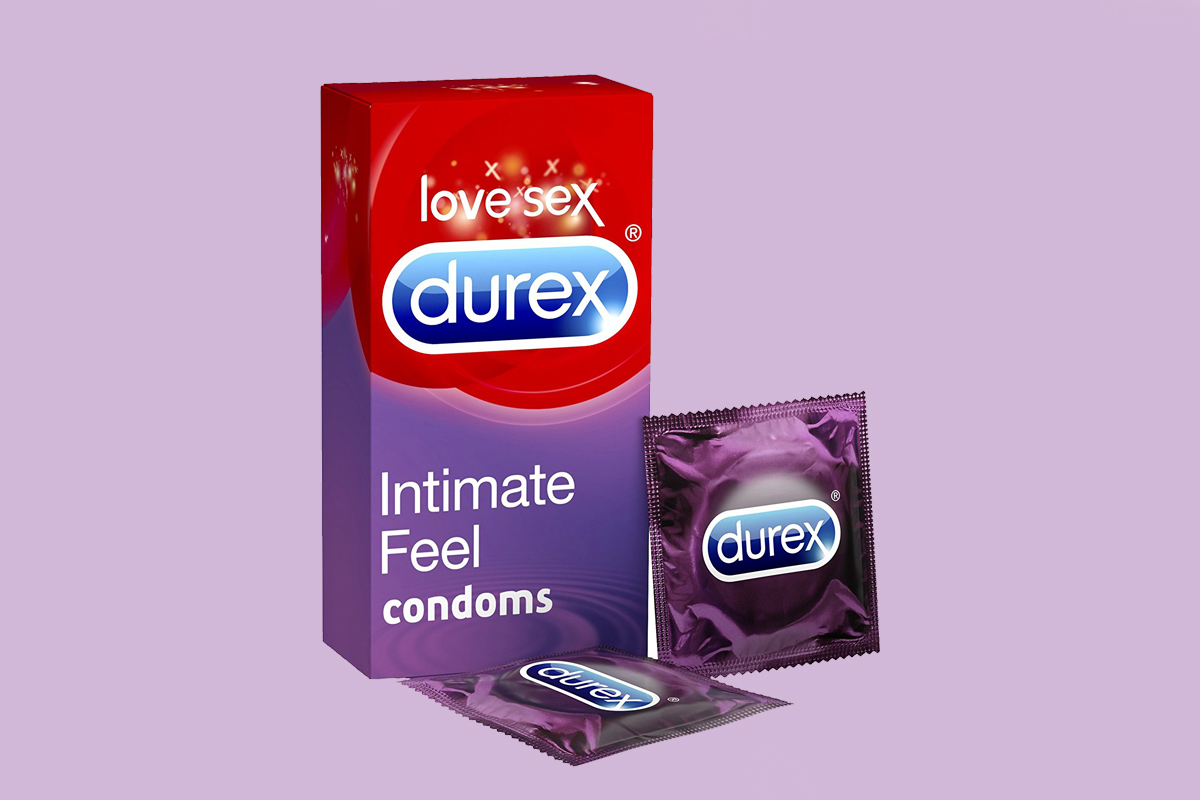
Success rate with typical use: 85%.
Good to know: Always check the expiration date and do not store in hot conditions or close to light. You should also use condoms to protect you during oral sex.
Fizzy top tip: Don't let anyone convince you they have “run out of condoms,” that they “have a clean penis” or will “just pull out” – these vague assurances do not protect you from STDs and pregnancy. And just sayin,' but if your hook-up couldn't give a flying fuck about sexual health, he's probably not worth it.
Pros:
-
Lowers risk of STDs and pregnancy
-
Provides the most protection against sexually transmitted infections
(latex condoms are best) -
Readily available (no prescription required) and affordable
(you can even get them for free) -
Many men feel they can “last longer” when using a condom
-
Allow men to have an active part in preventing pregnancy
Cons:
-
Can only be used once
-
May disrupt/interrupt sexual activity as it needs to be put on
just before penetration -
Can break
-
Some people may be allergic to latex
Female Condom
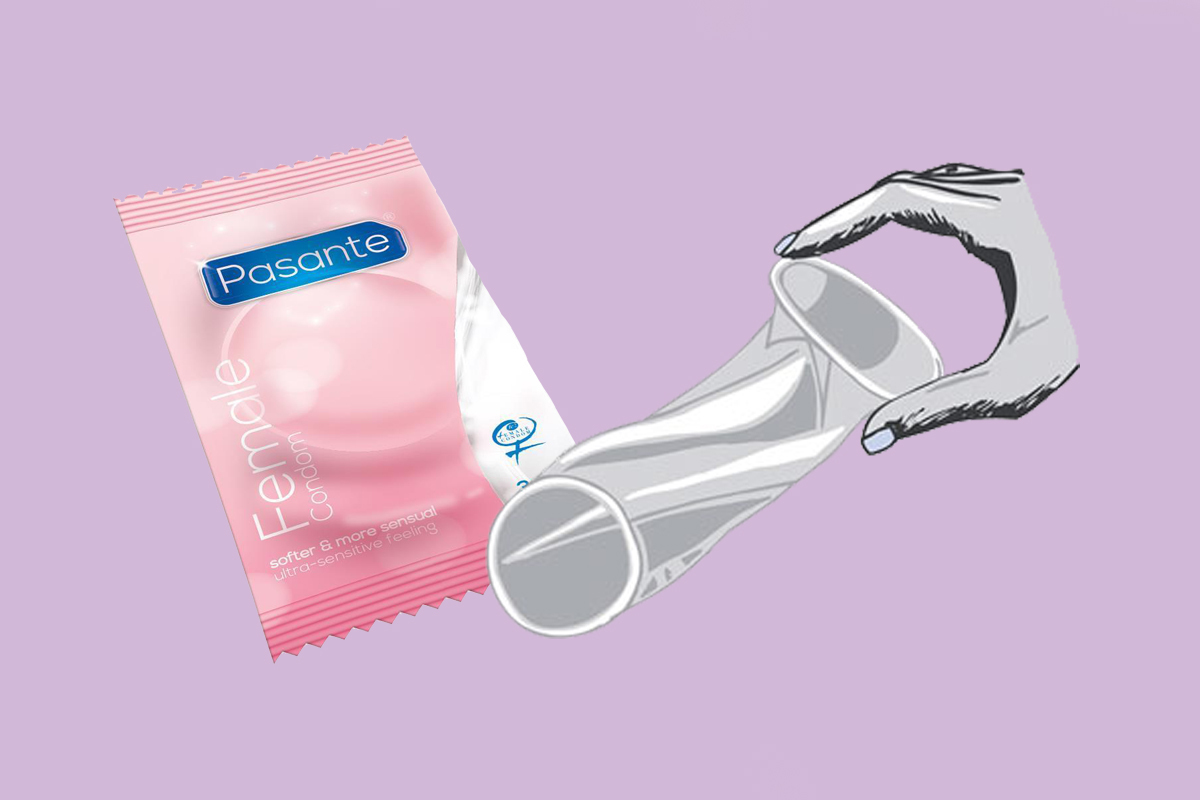
Success rate with typical use: 79%.
Good to know: There are two types: the original FC1 is made of polyurethane and the FC2 is made from nitrile, a synthetic, latex-free rubber. The female condom has a ring at each end: one ring, at the closed end of the sheath lies inside the vagina, whilst the ring at the open end lies outside the vagina after the female condom has been inserted.
Pros:
-
Lowers risk of STDs and pregnancy
-
Can be inserted well before intercourse to avoid interrupting sexual activity
-
Male does not need to withdraw right after ejaculation, as he does
with a male condom
Cons:
-
May move, be noisy, or uncomfortable
-
Can only be used once
-
More expensive than the male condom at around $2.50 each
Hormonal Implant
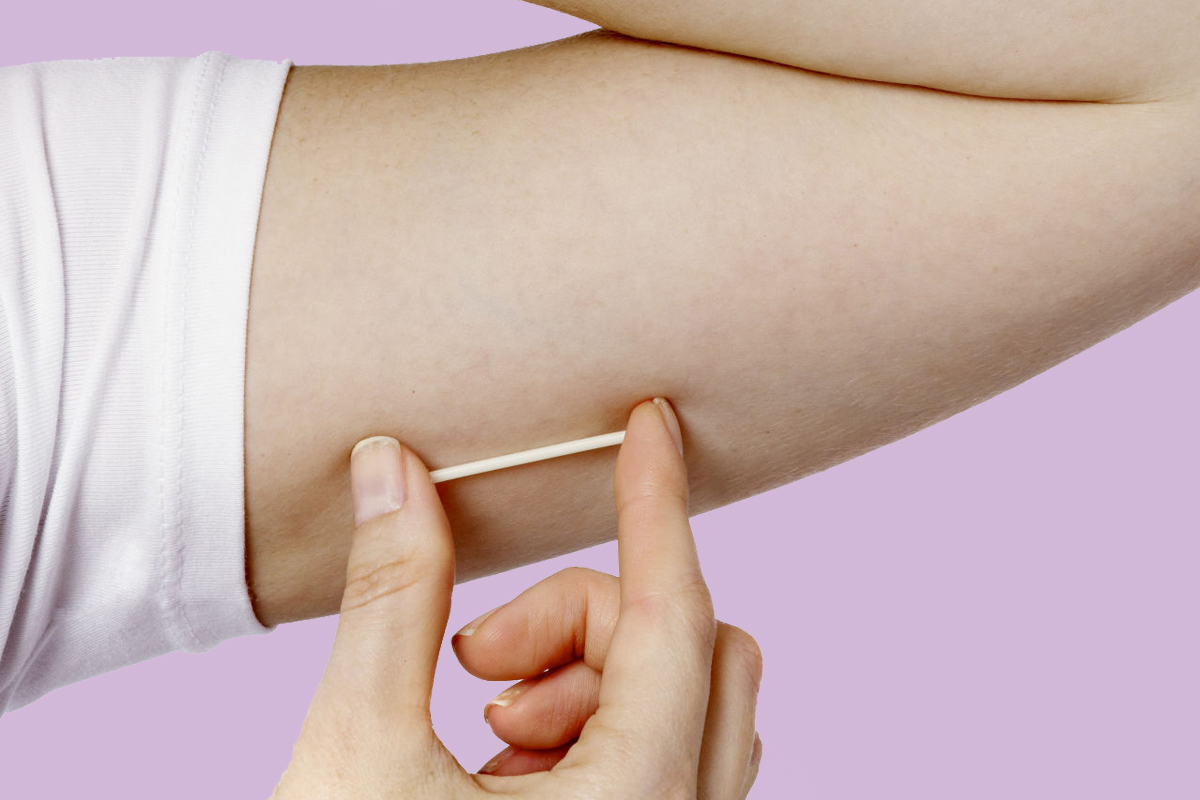
Success rate with typical use: 99%.
Good to know: The Hormonal Implant is a tiny tube placed under the skin of the woman's upper arm. The tube(s) slowly releases small amounts of a progesterone hormone called “etonogestrel.” This suppresses the pituitary gland which stops the ovaries from releasing eggs. The hormone also thickens the cervical mucus to prevent sperm from reaching the egg.
Pros:
-
Long-term method of birth control, protecting against pregnancy for three
years after insertion (it can be removed by a healthcare provider whenever you like) -
Very effective against pregnancy
-
May cause light or no menstrual periods
Cons:
-
Doesn't protect against STDs
-
Requires minor surgery and insertion of the tiny rod(s) underneath the skin
-
Requires minor surgery to remove device
-
Can cause side effects such as irregular menstrual periods, depression,
nervousness, hair loss, and weight gain -
Could get infection at area where capsule is implanted
-
Can't be used by women with certain medical conditions or with
certain medication
Intrauterine Device (IUD)
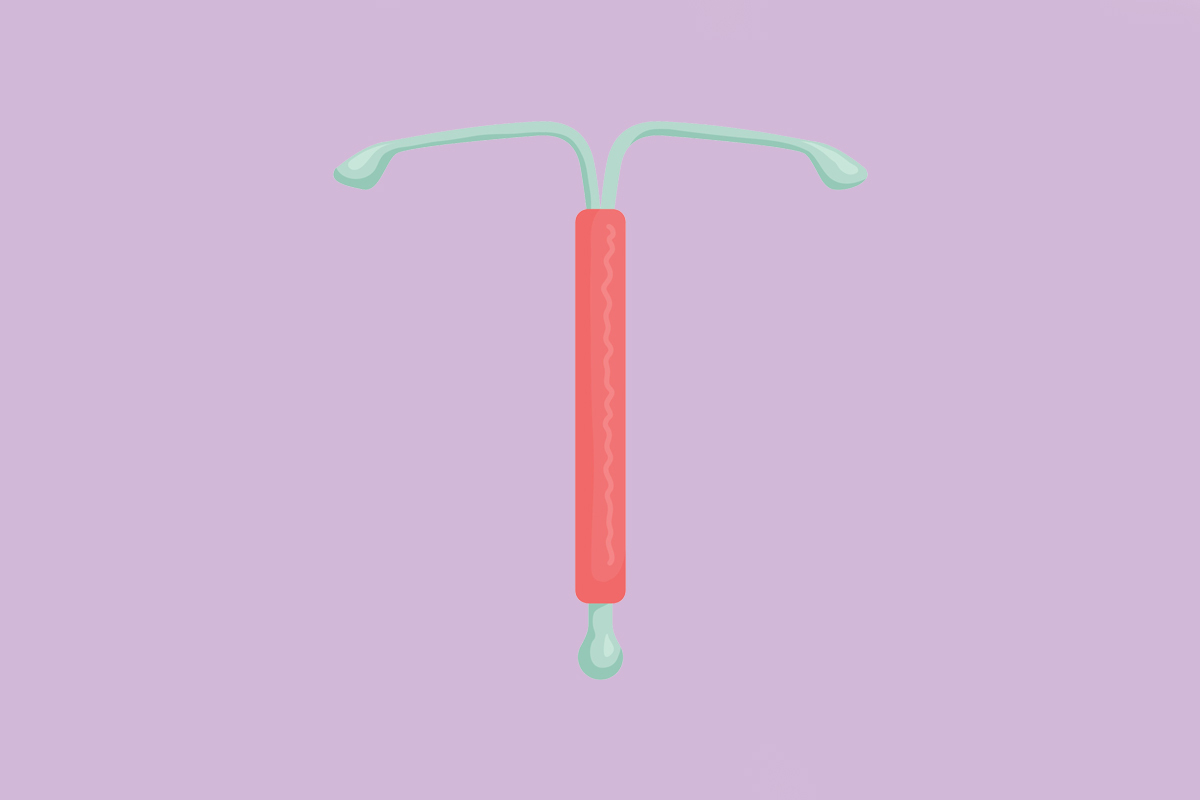
Success rate with typical use: 99%.
Good to know: Also known as the Coil, the IUD is a small, often T-shaped device that is inserted into the uterus.
Pros:
-
Very effective against pregnancy as long as it's inserted correctly
into the uterus -
Doesn't need daily attention – you only need to check once a month
to make sure it's in place at the time of the menstrual period -
Comfortable – you and your partner cannot feel the IUD, although
your partner may feel the string -
The levonorgestrel IUD (Mirena, Skyla) lessens menstrual flow and
can be used to treat heavy periods -
Can be removed at any time and you can get pregnant right after removal
Cons:
-
Doesn't protect against STDs and shouldn't be selected if there's
a high STI risk -
Needs to be inserted by a health care provider
-
Can fall out or can rarely puncture the uterus
-
The copper IUD can have side effects such as menstrual cramping,
longer and/or heavier menstrual periods, and spotting between menstrual periods -
Slightly higher risk for infection in the first 20 days after insertion
Hormonal Injection
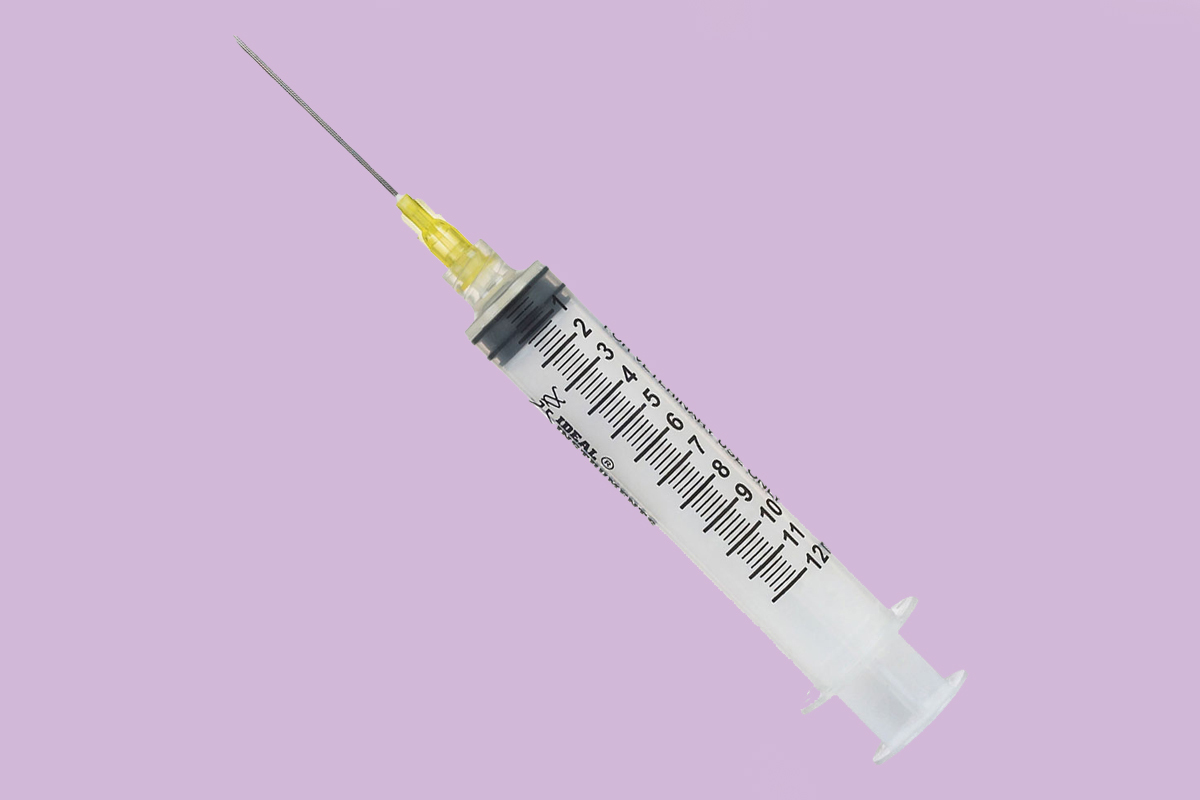
Success rate with typical use: 94%.
Good to know: One injection every three months. Contains a synthetic form of the hormone progesterone. Suppresses the pituitary gland to stop the ovaries releasing eggs and makes changes in the uterus and cervical mucus to make it more difficult for the sperm to reach the egg.
Pros:
-
Each injection provides three months' pregnancy protection
-
Very effective against pregnancy if used correctly
-
Often stops menstrual periods (this is not a medical problem and
menstrual periods usually return 6-18 months after you stop taking injections) -
Helps protect against uterine cancer
-
Doesn't interrupt sexual activity
Cons:
-
Doesn't protect against STDs
-
Need to see your healthcare provider every three months for an injection
-
Depending on your insurance, your birth control may be free or there
may be a co-pay -
May have side effects such as weight gain, tiredness, and possibly a
decrease in bone density -
Many women have very irregular menstrual bleeding or spotting for the
first 3 to 6 months and sometimes longer
Birth Control Pills
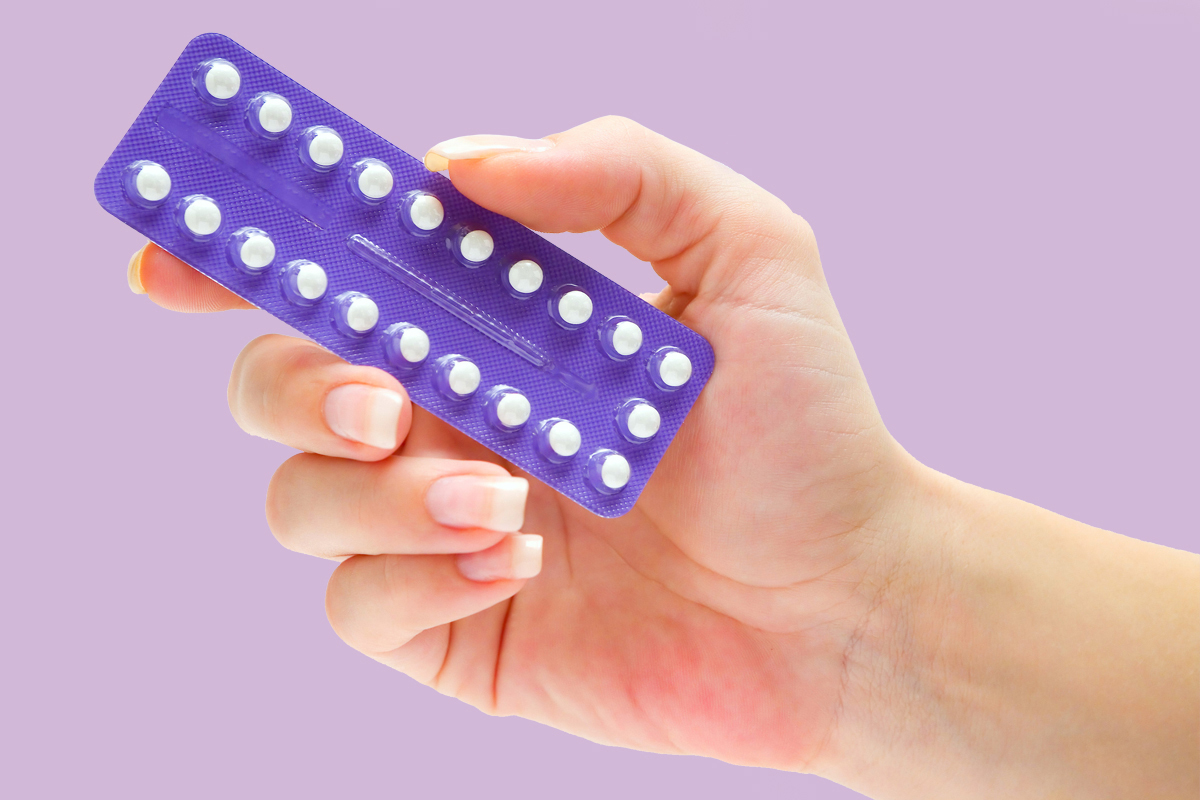
Success rate with typical use: 91%.
Good to know: There are two main types of contraceptive pills: the Combination Pill and the Mini Pill. The Combination Pill contains the hormones estrogen and progestin, whilst the Mini Pill contains progestin only. The Combination Pill protects against pregnancy by suppressing ovulation, thickening cervical mucus and thinning the lining of the uterus. The Mini Pill thickens cervical mucus and thins the endometrium, preventing sperm from reaching the egg. Check with your healthcare provider to learn which is best for you.
Fizzy top tip: To the scientists out there: Hurry up with that male pill – if you ask us, it makes more sense to unload a gun than to shoot a bulletproof vest.
Pros:
-
Very effective against pregnancy if used correctly
-
Makes menstrual periods more regular and lighter
-
Decreases menstrual cramps and acne
-
Makes you less likely to get ovarian and uterine cancer, pelvic
inflammatory disease, ovarian cysts, and anemia -
Doesn't interrupt sexual activity
Cons:
-
Doesn't protect against STDs
-
Depending on your insurance, your birth control may be free
or there may be a co-pay -
Need to remember to take every day at the same time
-
Can't be used by women with certain medical conditions or
with certain medication -
Can occasionally cause side effects such as depression, nausea,
increased appetite, headaches, and, very rarely, blood clots -
Need a prescription
Hormone Patch
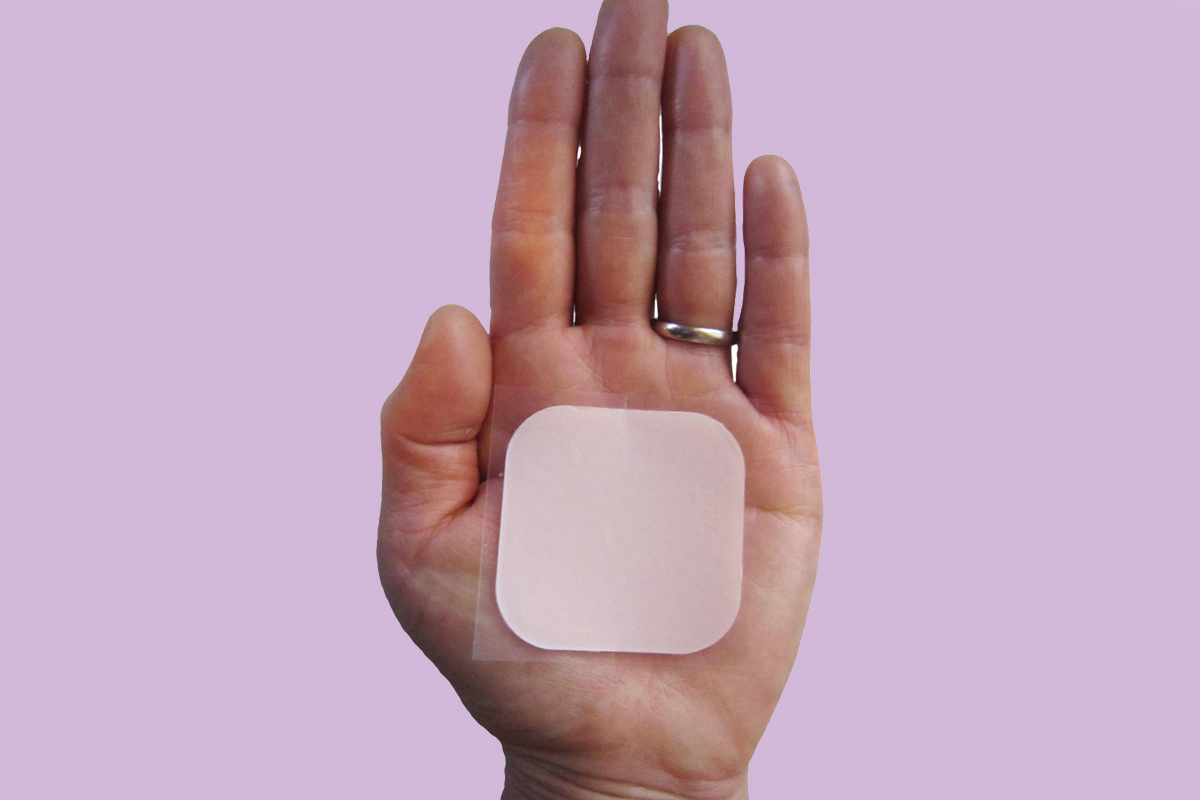
Success rate with typical use: 91%.
Good to know: It's a contraceptive skin patch containing a combination of female hormones (ethinyl estradiol and norelgestromin) that prevent ovulation and make changes to the cervical mucus and uterine lining, making it harder for sperm to reach the uterus or for a fertilized egg to attach to the uterus.
Pros:
-
Very effective against pregnancy if used correctly
-
Makes menstrual periods more regular and lighter
-
Decreases menstrual cramps and acne
-
Makes you less likely to get ovarian and uterine cancer, pelvic
inflammatory disease, ovarian cysts, and anemia -
Doesn't interrupt sexual activity
Cons:
-
Doesn't protect against STDs
-
Can't be used by women with certain medical conditions or with
certain medication -
Can occasionally cause side effects such as depression, nausea,
increased appetite, headaches, and irregular bleeding in the first few cycles -
Increased risk of blood clots
-
Need a prescription
Vaginal Hormonal Ring (Nuva-Ring)
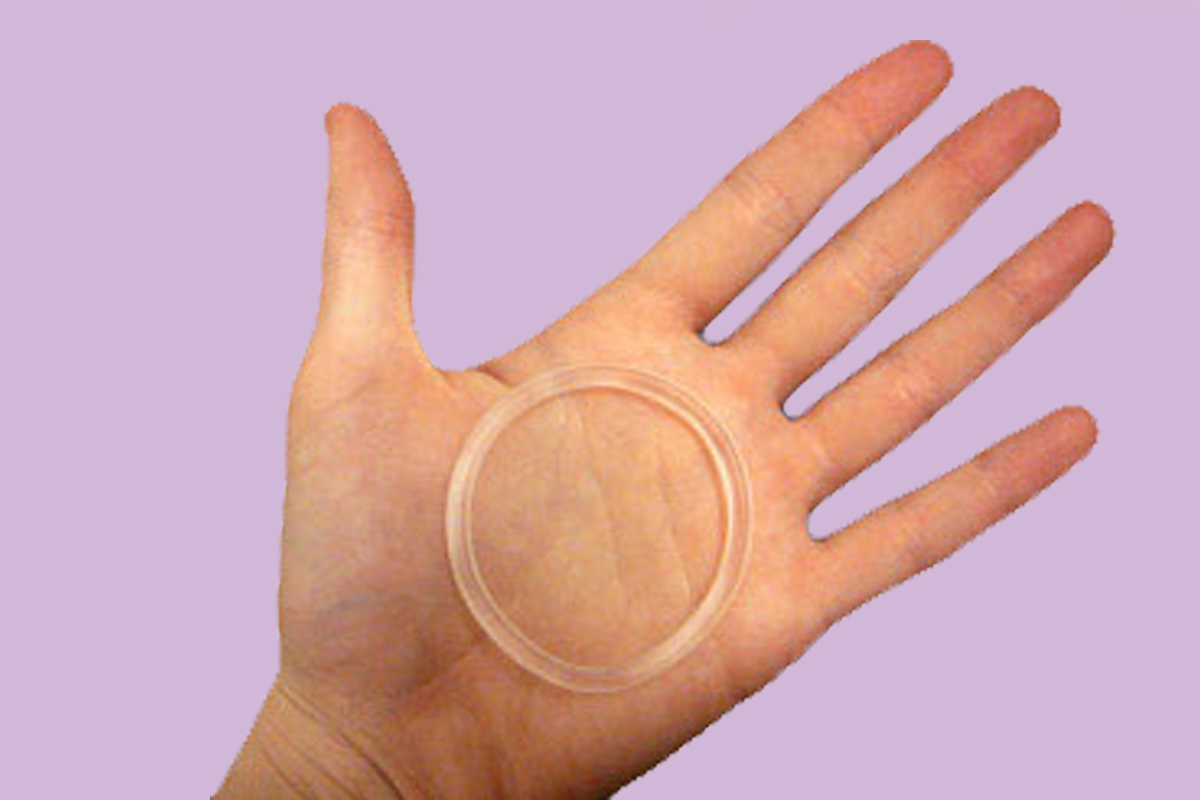
Success rate with typical use: 91%.
Good to know: The ring is inserted into the vagina and delivers the estrogen and progestin hormones to the vaginal wall and then into the bloodstream to stop the ovaries releasing eggs. The hormones also make the cervical mucus thicker, which helps to prevent sperm from traveling upwards toward the uterus and fallopian tubes.
Pros:
-
Very effective against pregnancy if used correctly
-
Makes menstrual periods more regular and lighter
-
Decreases menstrual cramps and acne
-
Makes you less likely to get ovarian and uterine cancer, pelvic
inflammatory disease, ovarian cysts, and anemia -
Doesn't interrupt sexual activity
Cons:
-
Doesn't protect against STIs
-
Can't be used by women with certain medical conditions or with
certain medication -
Can occasionally cause side effects such as depression, nausea,
increased appetite, headaches -
Increased risk of blood clots
-
Need a prescription
Cervical Cap
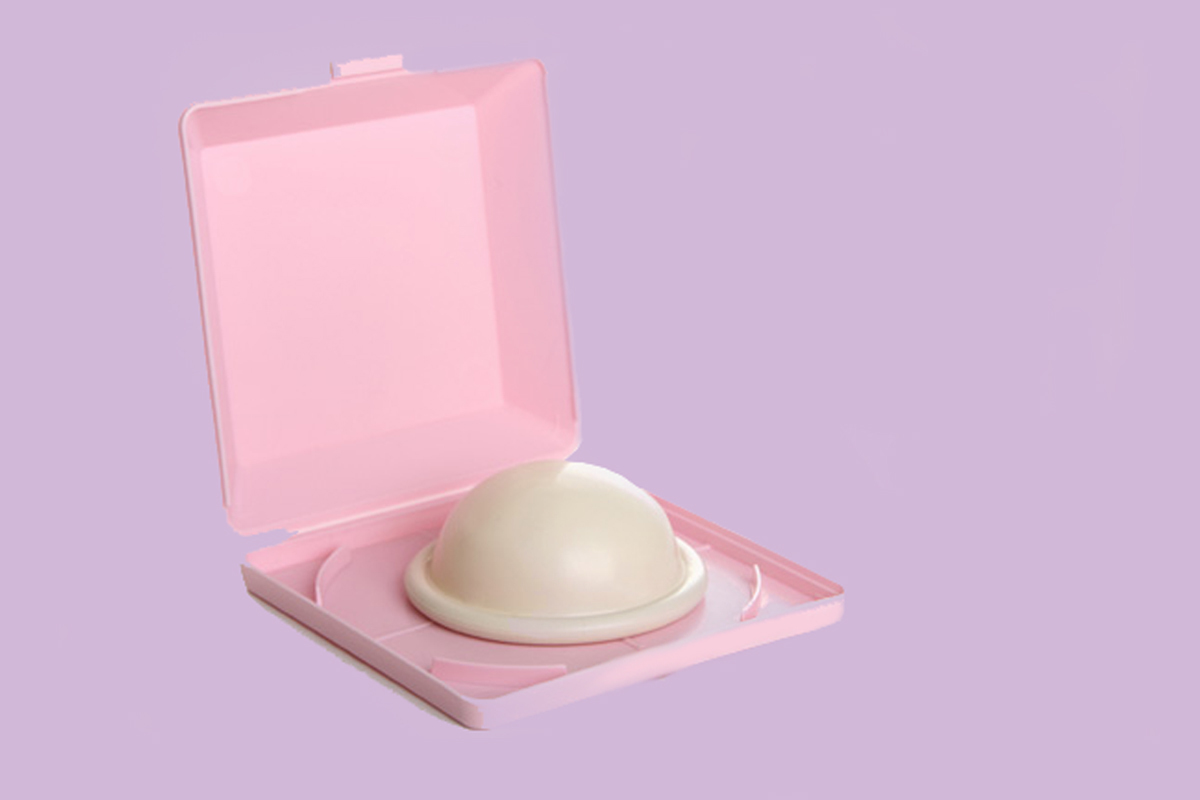
Success rate with typical use: 86%.
Good to know: Non-hormonal soft dome-shaped silicone cup with a firm, rounded rim which fits tightly around the base of the cervix and forms a barrier to stop sperm from reaching the uterus. Spermicide is always used in conjunction with the Cervical Cap to kill the sperm, or prevent it from moving.
Pros:
-
Can insert several hours before sexual intercourse
-
Can leave in place 24-48 hours – will give protected sex for
up to 48 hours -
No need to apply more spermicide with each act of intercourse
Cons:
-
Doesn’t protect against STDs
-
Costs $30-$50, plus the cost of spermicidal gel
-
Needs to be fitted by a healthcare provider and requires a prescription
-
Limited sizes available
-
Can't take out until 6-8 hours after intercourse
-
May get moved out of place
-
Some women may be allergic to the material of cap or to spermicide
-
Can't be used by women with a history of abnormal Pap tests
-
Can cause increased urinary tract infections
For more sex advice, here's how to stop fighting about sex.












